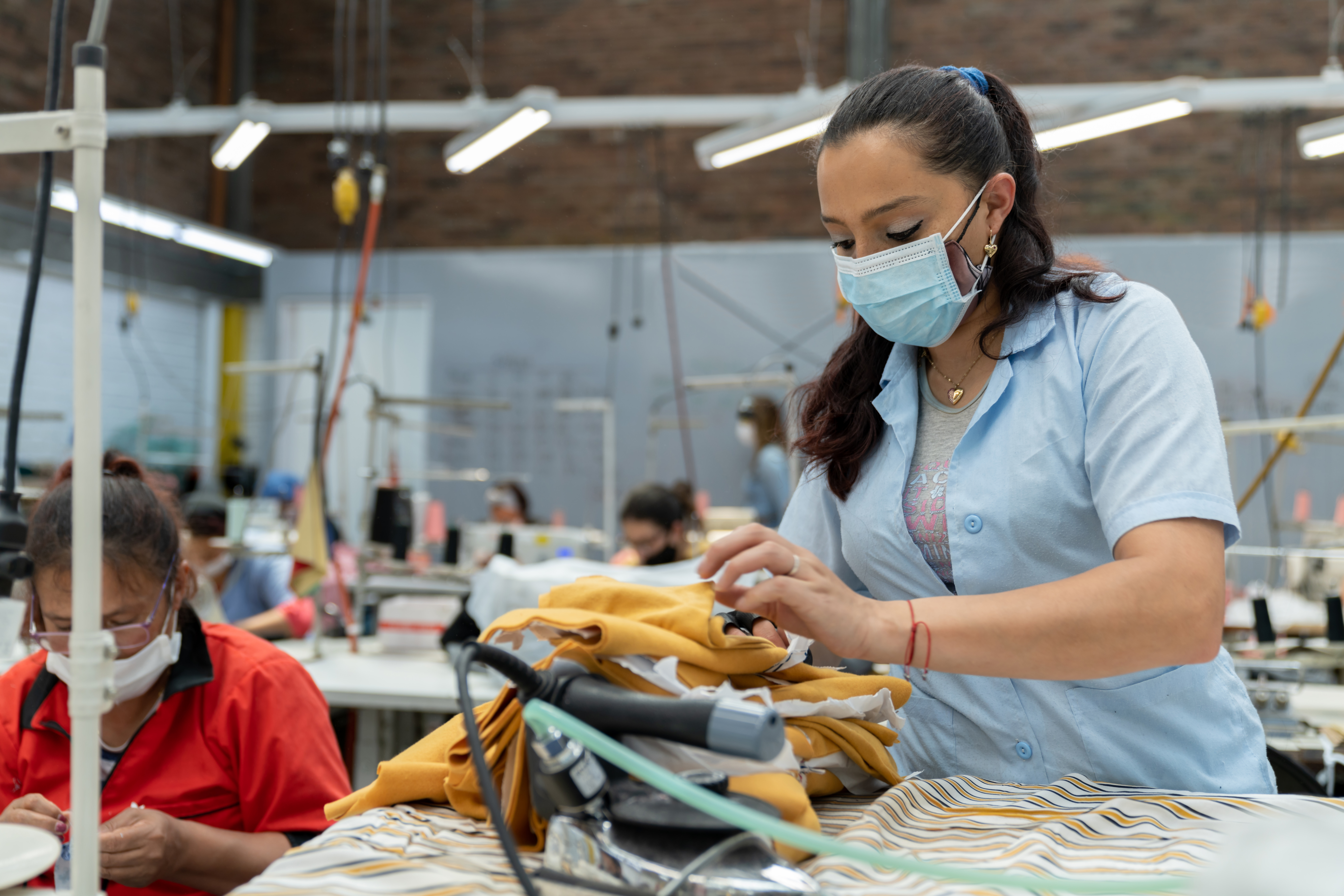Click here for the preliminary program.
Most scholars researching historical living standards use men’s urban wages as a proxy for household income because they are globally available for the past 500 years and thus allow for regional and temporal comparisons (Allen et al. 2011). However, the use of an urban male breadwinner household for research on living standards is misleading for three principle reasons. First, access to subsistence resources, notably land, has historically been the most important determinant of living standards (de Haas 2017). Second, women and children in most world regions could be wage earners too (de Zwart and Lucassen 2020; Horrell and Humphries 2019), among others in the rapidly expanding textile industries of the nineteenth and twentieth centuries. Third, households rarely relied on one source of income. Their income composition depended on local labour market structures, access to land, social norms, life-cycle changes, and wage rates (Boter 2020; Horrell and Humphries 1997; Schneider 2013).
Therefore, it is time to move beyond the use of men’s real wages and instead use household income to research historical living standards. The aim of this conference is to bring together scholars working on household income diversification during the past 250 years. We want to explore whether previous findings about the long-term development of worldwide inequality uphold when looking at total household income as opposed to one man’s urban wage. We encourage contributions from both the Global North and the Global South that approach this topic from a comparative perspective.
One specific theme we wish to explore is the combination of working the land with (home-based and factory-based) textile production. This combination of resources has been a widespread phenomenon for centuries. In the Netherlands, agriculture and textile production were heavily intertwined from the early modern period until well into the twentieth century. In nineteenth-century Japan, young girls left their households for a short period of time to work in textile factories as part of their life-cycle. In India, it was mostly men who worked in textile production while women stayed behind to work the land (Dixit and van Nederveen Meerkerk 2020). Even though the worldwide importance of textile production for rural households has been researched extensively, it has never been carefully quantified, let alone from a comparative perspective.
References
Allen, R. C., Bassino, J.-P., Ma, D., Moll-Murata, C., and van Zanden, J. L., ‘Wages, prices and living standards in China, 1738–1925: in comparison with Europe, Japan, and India’, Economic History Review, 64 (2011), pp. 8–38.
Boter, C., ‘Living standards and the life cycle: reconstructing household income and consumption in the early twentieth-century Netherlands’, Economic History Review (2020), pp. 1050-1073.
Nederveen Meerkerk, E. van and Dixit, A. (2022). Supply of labour during early industrialisation: Agricultural systems, textile factory work and gender in Japan and India, ca. 1880–1940. Indian Economic and Social History Review, 59(2), 223–255.
de Haas, M., ‘Measuring rural welfare in colonial Uganda: did Uganda’s smallholders thrive?’, Economic History Review, 70 (2017), pp. 605–31.
Horrell S., and Humphries, J., ‘Children’s work and wages in Britain, 1280-1860’, Explorations in Economic History, 73 (2019), Article 101272.
Horrell, S. and Humphries, J., ‘Women’s labour force participation and the transition to the male-breadwinner family, 1790–1865’, Economic History Review, XLVIII (1995), pp. 89–117.
Nederveen Meerkerk, E. van, and Boter, C. (2022). 1900. Dagelijkse kost in Nederland en op Java. In Nog meer wereldgeschiedenis van Nederland (pp. 436-441). Ambo/Anthos.
Schneider, E. B., ‘Real wages and the family: adjusting real wages to changing demography in pre-modern England’, Explorations in Economic History, 50 (2013), pp. 99–115.
de Zwart, P. and Lucassen, J., ‘Poverty or prosperity in northern India? New evidence on real wages, 1590s-1870s’, Economic History Review (2020), pp. 644-667.
